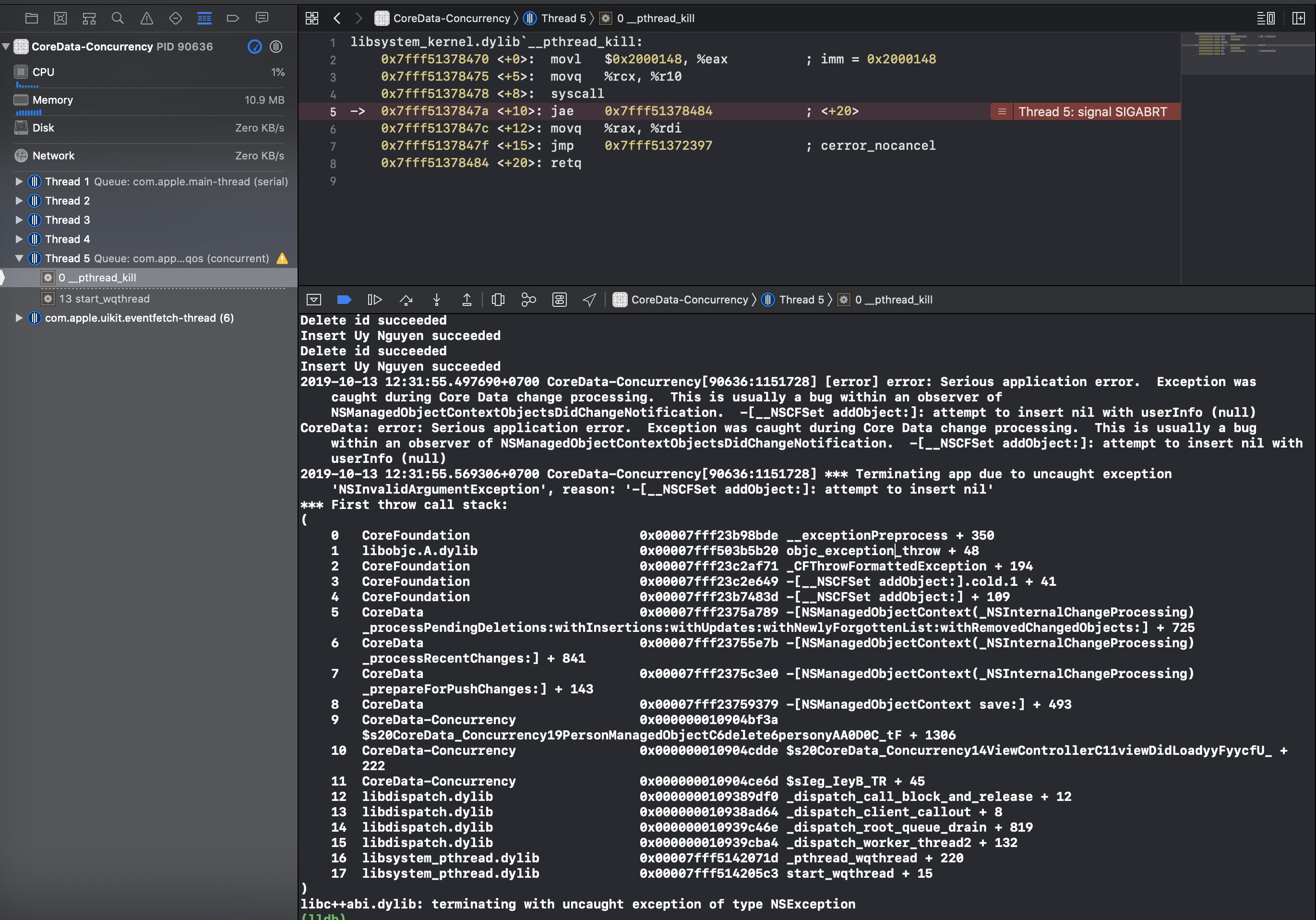

You can see that Visual Studio automatically generates 3 different projects, i.e, Client, Server, and Shared.ġ. For such requirements, we use the ASP.NET Core Hosted hosting model. But there can be instances where we need the features of an ASP.NET Core Application to support the Blazor Application, like using external APIs for data, Application-specific database, etc. So, we are building a client-side aka Blazor WebAssembly project. Make sure to check the ASP.NET Core Hosted option. I will also try to demonstrate certain best practices while developing Blazor CRUD Applications. We will have a simple Blazor CRUD implementation on the Developer entity using Blazor WebAssembly and Entity Framework Core.

I thought it would be nice if I showed you guys what we are going to build before jumping into the tutorial so that you get a good idea of the scope of this tutorial and we will be covering. Introducing Blazor Hero! What we will be Building.


Also, To get Blazor onto your machine, please go through Part 1 of the Blazor Blog Series where the pre-requisites are mentioned. PS, I recommend using Visual Studio 2019 Community as my IDE. Implementing Blazor CRUD using Mudblazor Component Library in.Blazor CRUD with Entity Framework Core – (You are here).Here are the contents of my Blazor Blog Series. This is part 3 of my Blazor Blog Series, where we learn together various concepts and implementations of Microsoft’s latest tech, Blazor. What more would make you understand it’s abilities other than learning how to implement CRUD Functions using Blazor and Entity Framework Core? NET Developer to be aware of what this Awesome Tech packs within itself. In our previous articles, we discussed Blazor basics and it’s folder structures.īlazor is the new popular kid in town. In this tutorial, let’s build a Client-side Blazor CRUD Application that uses Entity Framework Core as it’s Data Access Layer. It helps you understand the most common operations of any particular stack. Building a CRUD Application is like the Hello World for Intermediate Developers.


 0 kommentar(er)
0 kommentar(er)
